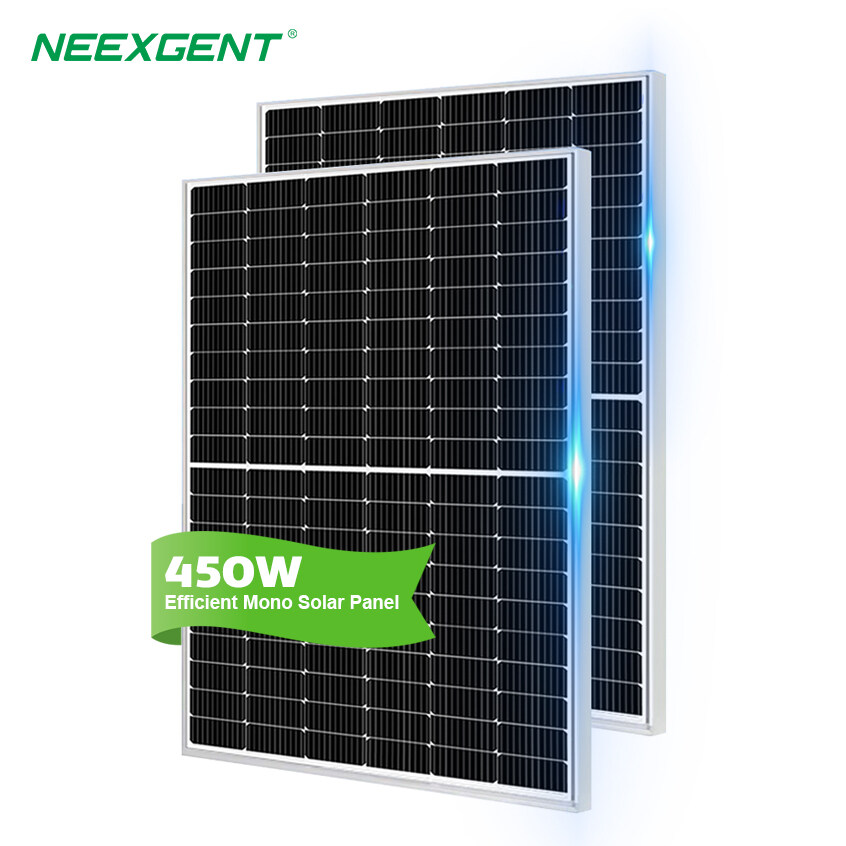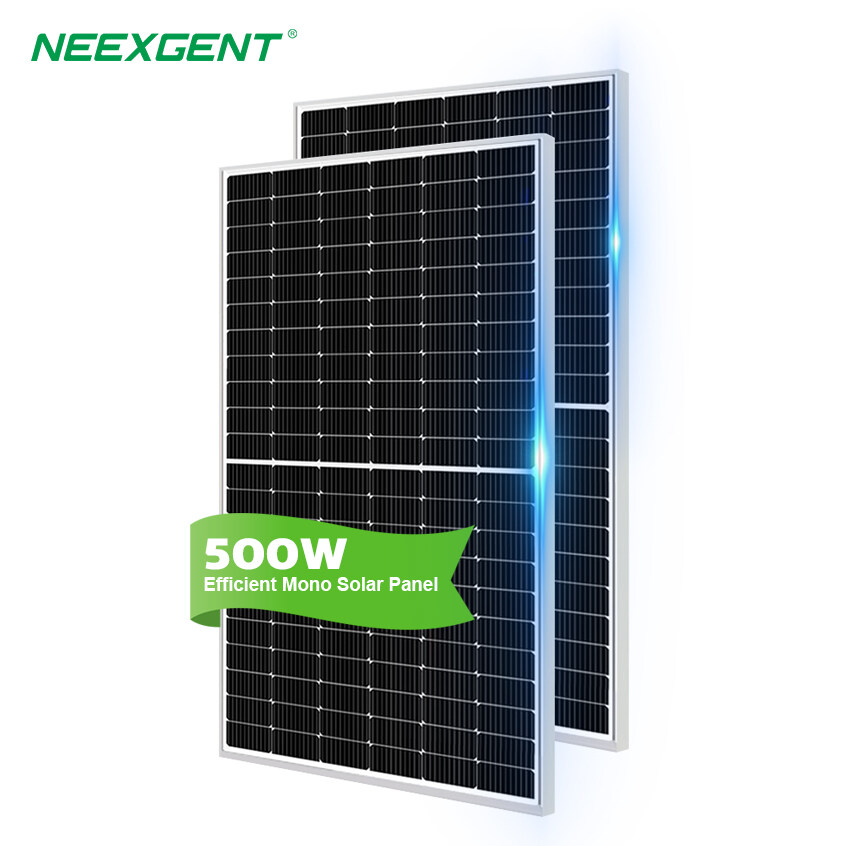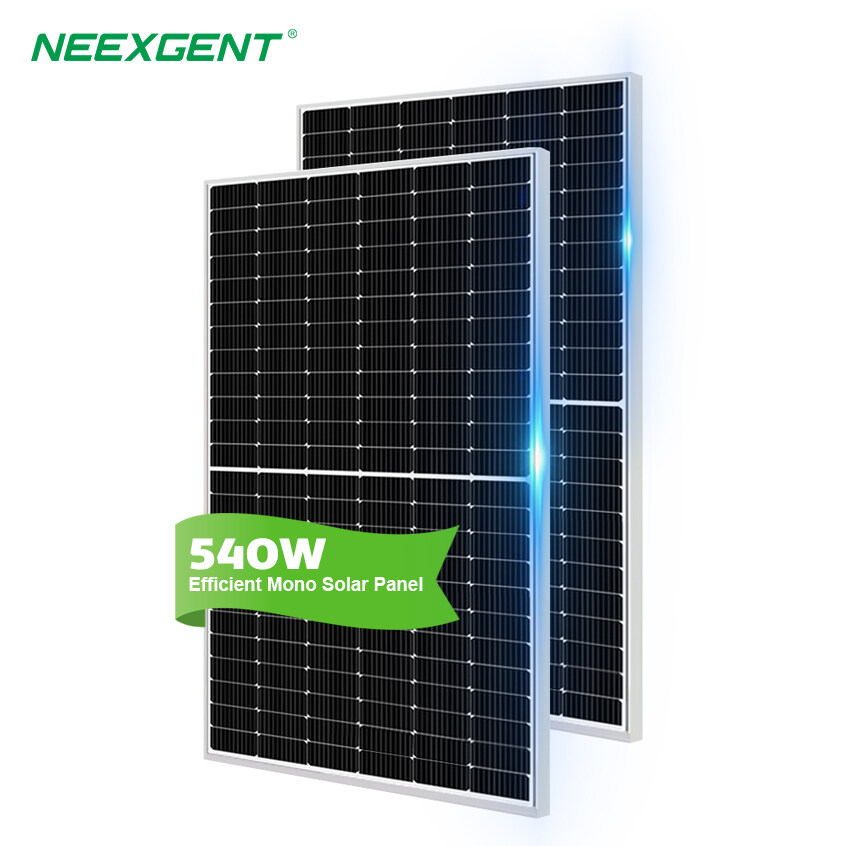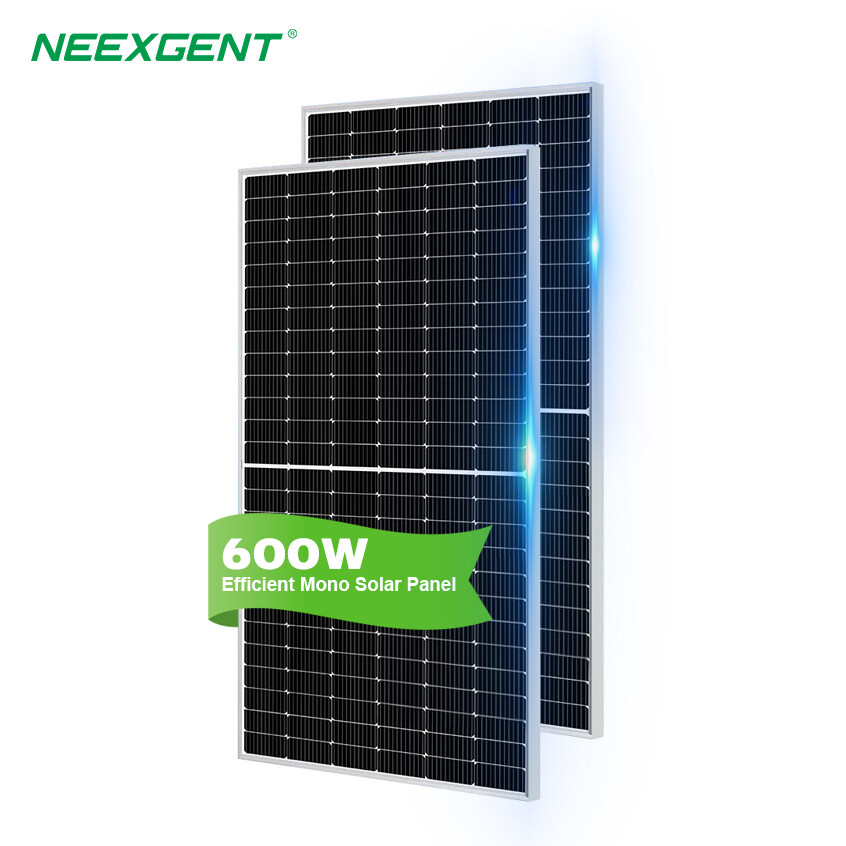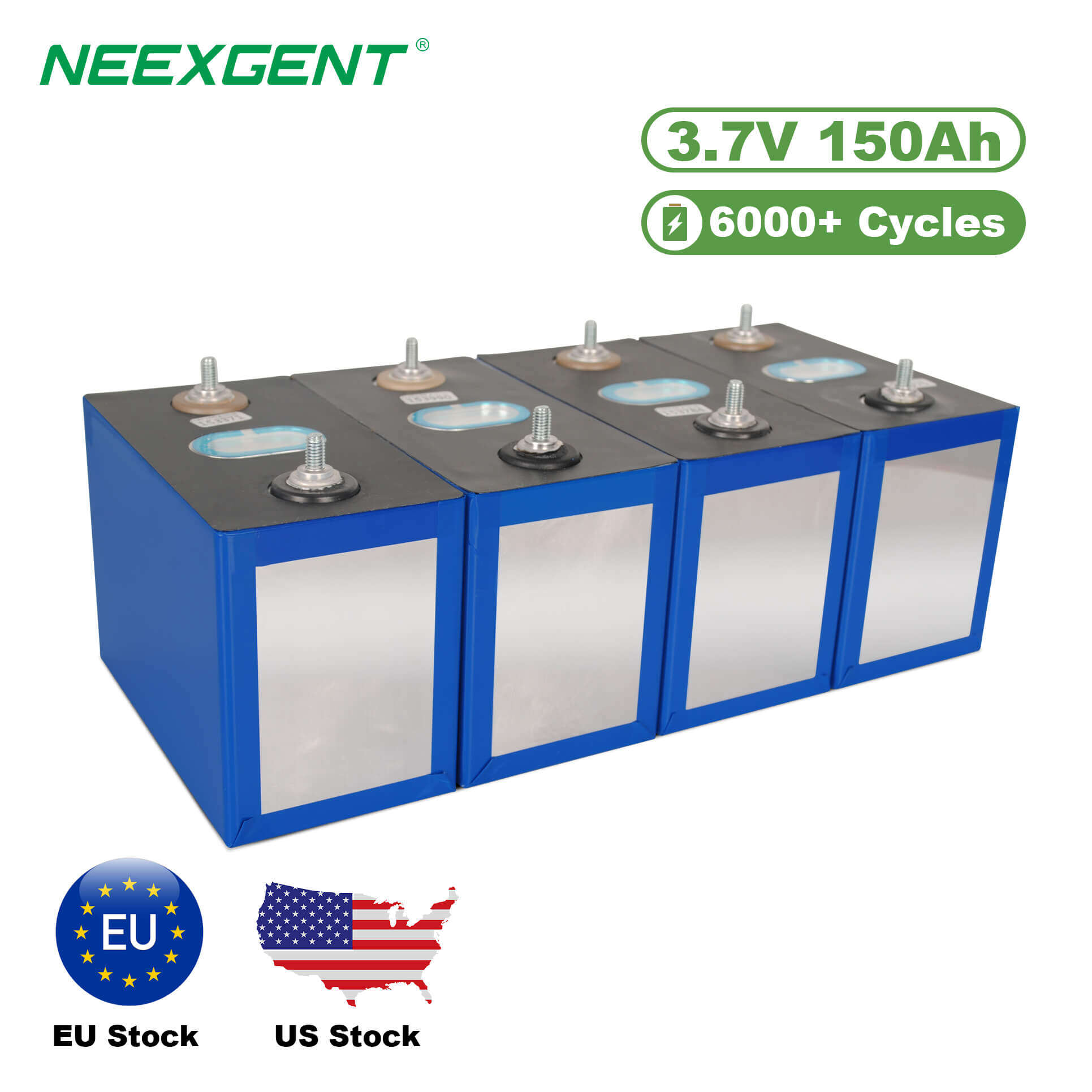In recent years, solar technology has undergone significant advancements. Among the most exciting innovations are transparent solar panels, which have the potential to revolutionize how we harness solar energy. These panels are not only functional but can also be integrated into a variety of surfaces that traditionally would have been unsuitable for standard solar panels. This article will explore transparent solar panels in detail, covering how they work, their benefits, potential applications, and the challenges that need to be addressed for their widespread adoption.
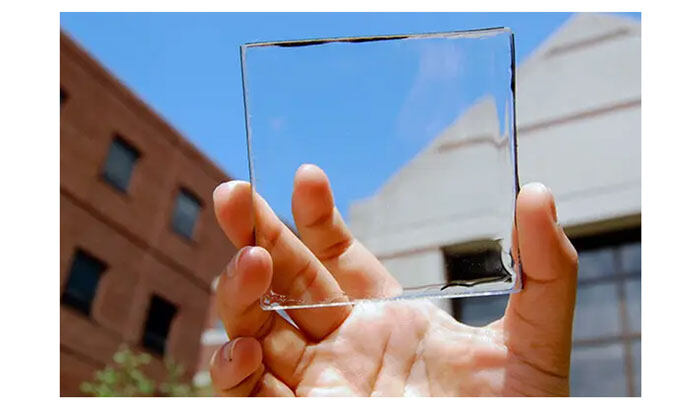
What Are Transparent Solar Panels?
Transparent solar panels are photovoltaic devices that allow light to pass through them while simultaneously converting solar energy into electricity. Unlike traditional opaque solar panels, which completely block light, transparent solar panels can be integrated into windows, glass facades, and other transparent surfaces. The key technology behind these panels is the use of transparent materials such as organic photovoltaic cells (OPVs), perovskite solar cells, and transparent conductive films that absorb light in a way that doesn’t obstruct vision or transparency.
These panels are designed to be semi-transparent, meaning they can capture sunlight while allowing a significant amount of light to pass through them. The level of transparency can vary depending on the type of technology used, from fully clear to frosted or tinted.
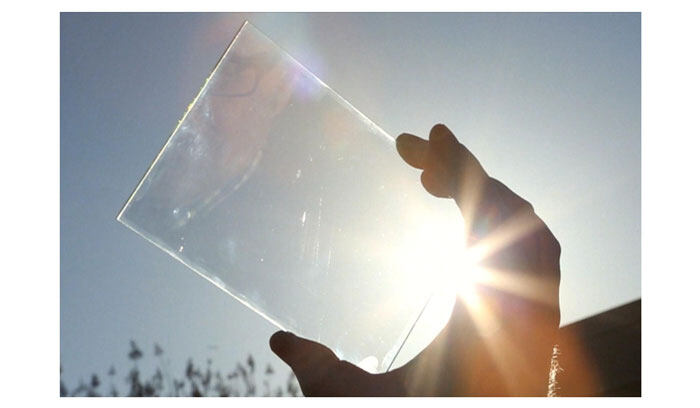
How Do Transparent Solar Panels Work?
Transparent solar panels operate on the same basic principles as traditional solar panels: they absorb light, convert it into electricity, and store that energy for later use. However, the materials and technologies used in transparent panels are designed to allow visible light to pass through while still capturing solar energy.
The core technology behind transparent solar panels is typically based on organic or perovskite solar cells. These materials are chosen because they are highly efficient at converting sunlight into electricity, even in thin layers. In most cases, transparent solar panels feature a combination of light-absorbing materials and transparent conductive electrodes, allowing the panels to be both functional and transparent.
Key Technologies Behind Transparent Solar Panels
-
Organic Photovoltaic Cells (OPVs): Organic solar cells use organic materials to convert sunlight into electricity. These materials can be made into very thin, flexible layers that are transparent. OPVs are more lightweight than traditional silicon solar cells and are especially suitable for applications that require transparency.
-
Perovskite Solar Cells: Perovskites are a class of materials that have shown great promise in solar energy applications. These materials can be manufactured in thin films, making them ideal for transparent solar panels. Perovskite cells offer high efficiency rates while maintaining a degree of transparency.
-
Transparent Conductive Films: A crucial component in transparent solar panels is the conductive film, which allows the panel to be electrically connected. Transparent conductive films (TCFs) are made of materials like indium tin oxide (ITO) or graphene, which are both transparent and electrically conductive.
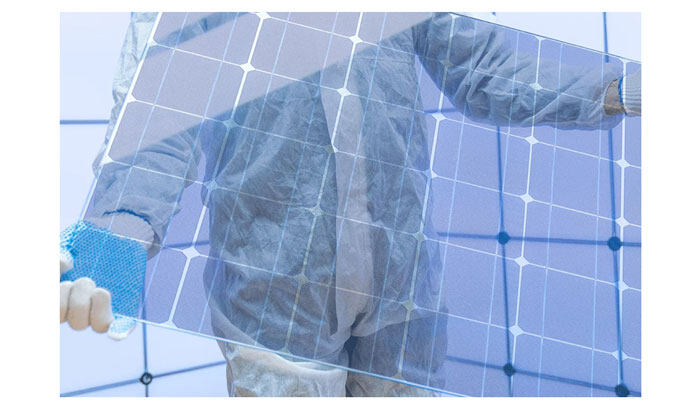
Benefits of Transparent Solar Panels
Transparent solar panels offer several distinct advantages over conventional solar technology. These benefits make them highly appealing for future applications, particularly in urban areas where space is limited, and aesthetics are a concern.
-
Maximized Space Utilization: One of the most significant benefits of transparent solar panels is their ability to generate energy without taking up additional space. Traditional solar panels are typically mounted on rooftops or large areas of land, but transparent panels can be integrated into windows, facades, and even skyscrapers, turning every building into a potential energy generator.
-
Energy Efficiency in Urban Environments: In cities, where space is limited, transparent solar panels could be installed on skyscrapers and office buildings, converting the glass facades into solar collectors. This could drastically improve the energy efficiency of buildings and reduce reliance on external power sources.
-
Aesthetic Integration: Transparent solar panels offer the opportunity for aesthetic integration into buildings and urban landscapes. Unlike traditional solar panels, which can be bulky and unsightly, transparent panels can blend seamlessly with the design of a building. They allow natural light to pass through while still contributing to energy generation.
-
Dual Functionality: Transparent solar panels can serve dual purposes, such as being used for privacy or shading while also generating energy. For instance, a transparent solar window could provide shading for an office while simultaneously powering devices and systems inside the building.
-
Sustainability: By making use of the often-unused surface area of windows and glass, transparent solar panels enhance the overall sustainability of buildings. They help reduce the need for external electricity sources, lower carbon emissions, and contribute to the growing demand for renewable energy solutions.
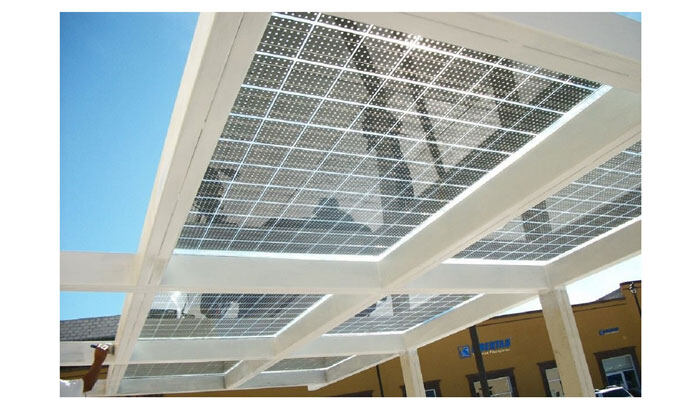
Applications of Transparent Solar Panels
The potential applications for transparent solar panels are vast, spanning across various sectors and industries. Some of the most promising uses include:
-
Building-Integrated Photovoltaics (BIPV): Transparent solar panels can be used as part of the building’s exterior, such as in windows, facades, skylights, and glass roofs. BIPV is one of the most promising markets for transparent solar technology, as it can turn almost any building into a solar power generator.
-
Smart Windows: Transparent solar panels can be used to create smart windows that not only provide energy but also offer shading, temperature control, and privacy features. These windows can be especially useful in office buildings, commercial spaces, and homes, where energy efficiency is a priority.
-
Solar-Powered Electronics: Transparent solar panels could be integrated into consumer electronics, such as smartphones, laptops, or even wearables. This would enable these devices to charge themselves using solar energy, reducing reliance on external power sources.
-
Electric Vehicles (EVs): Transparent solar panels could be used in electric vehicles to supplement the vehicle’s energy needs. By integrating transparent solar cells into the roof or windows of EVs, the vehicle could generate additional power for lights, air conditioning, and other systems, extending the driving range.
-
Agricultural Applications: Transparent solar panels could be used in greenhouses to power agricultural operations. These panels could provide the necessary electricity for lighting, irrigation, and climate control systems without blocking sunlight needed for plant growth.
Challenges of Transparent Solar Panels
Despite their potential, transparent solar panels still face several challenges that need to be overcome before they can achieve widespread adoption. These include:
-
Efficiency: While transparent solar panels are a step forward in terms of innovation, their efficiency is currently lower than traditional solar panels. The trade-off between transparency and energy conversion efficiency remains a significant hurdle. Researchers are working on improving the efficiency of transparent solar cells, but as of now, they generate less power than opaque panels.
-
Cost: Transparent solar panels are still relatively expensive to produce, especially compared to traditional silicon-based panels. This higher production cost can make them less appealing for mass-market applications. However, as technology advances and production scales up, the cost is expected to decrease.
-
Durability and Longevity: The long-term durability of transparent solar panels is still being tested. Exposure to the elements, including UV radiation, temperature fluctuations, and environmental stress, can degrade the performance of solar panels over time. Ensuring that transparent panels last as long as traditional solar panels will be essential for their widespread adoption.
-
Market Acceptance: There is still some skepticism around the practicality and viability of transparent solar panels. For widespread adoption, manufacturers will need to convince architects, builders, and consumers that the benefits outweigh the challenges.
The Future of Transparent Solar Panels
The future of transparent solar panels looks promising, with ongoing research focusing on improving efficiency, reducing costs, and enhancing their durability. As technology progresses, transparent solar panels are expected to become more efficient and cost-effective, making them more attractive for both residential and commercial applications.
In addition, as the demand for sustainable building materials increases, transparent solar panels are poised to become a critical component of the energy transition. Their ability to integrate seamlessly into buildings, cars, and electronic devices will undoubtedly play a significant role in shaping the future of renewable energy.
Conclusion
Transparent solar panels represent a groundbreaking advancement in solar technology, offering a wide range of benefits, from maximizing space utilization to integrating seamlessly into building designs. While there are still challenges to overcome, the potential applications and benefits of transparent solar panels are vast. As research and development continue, we can expect this innovative technology to play an increasingly important role in the transition to a more sustainable energy future.
FAQs
How efficient are transparent solar panels compared to traditional solar panels?+
Transparent solar panels are generally less efficient than traditional opaque solar panels. While traditional panels can achieve efficiency rates of around 15-20%, transparent panels typically operate at lower efficiency levels, often around 5-10%. This is due to the trade-off between maintaining transparency and capturing sunlight. However, advancements in technology are steadily improving their efficiency.
Can transparent solar panels generate power at night?+
No, transparent solar panels, like traditional solar panels, can only generate electricity when exposed to sunlight. They are not capable of generating power at night. However, energy storage solutions, such as batteries, can be used in combination with transparent solar panels to store the energy generated during the day for nighttime use.
How long do transparent solar panels last?+
The lifespan of transparent solar panels is similar to that of traditional solar panels, typically ranging from 20 to 30 years. However, their performance may degrade over time due to exposure to environmental conditions such as UV radiation, temperature changes, and weathering. Research is ongoing to improve the durability of transparent solar panels.
Can transparent solar panels be integrated into existing buildings?+
Yes, transparent solar panels are ideal for integration into existing buildings. They can be used in windows, facades, skylights, and other glass surfaces without the need for major modifications. This makes them particularly suitable for urban environments where space is limited and aesthetic considerations are important.
Are transparent solar panels suitable for residential use?+
While transparent solar panels are still emerging in the market, they are becoming increasingly suitable for residential use. They offer an excellent solution for homeowners who want to integrate solar energy generation into their windows or glass facades without compromising aesthetics or natural light. However, due to their current efficiency levels, they may be more ideal for large-scale commercial applications or supplemental energy generation in residential settings.

